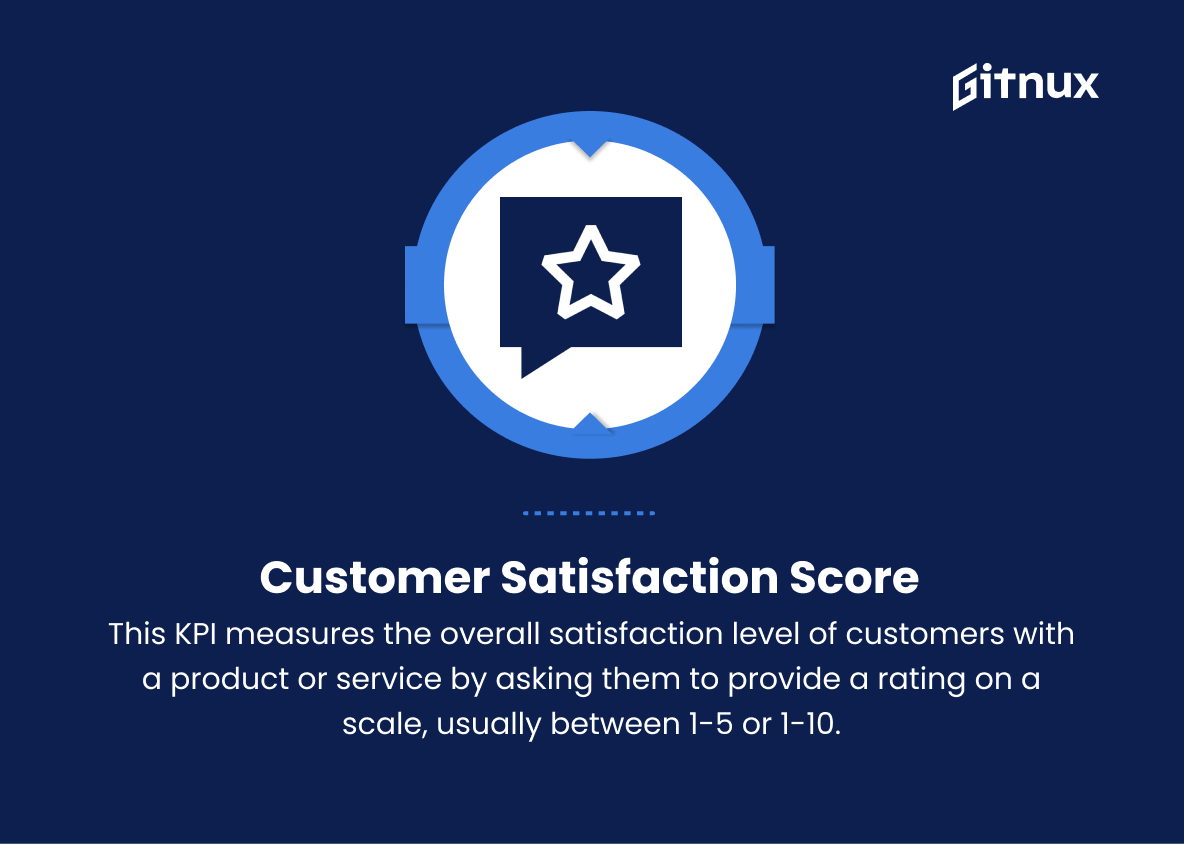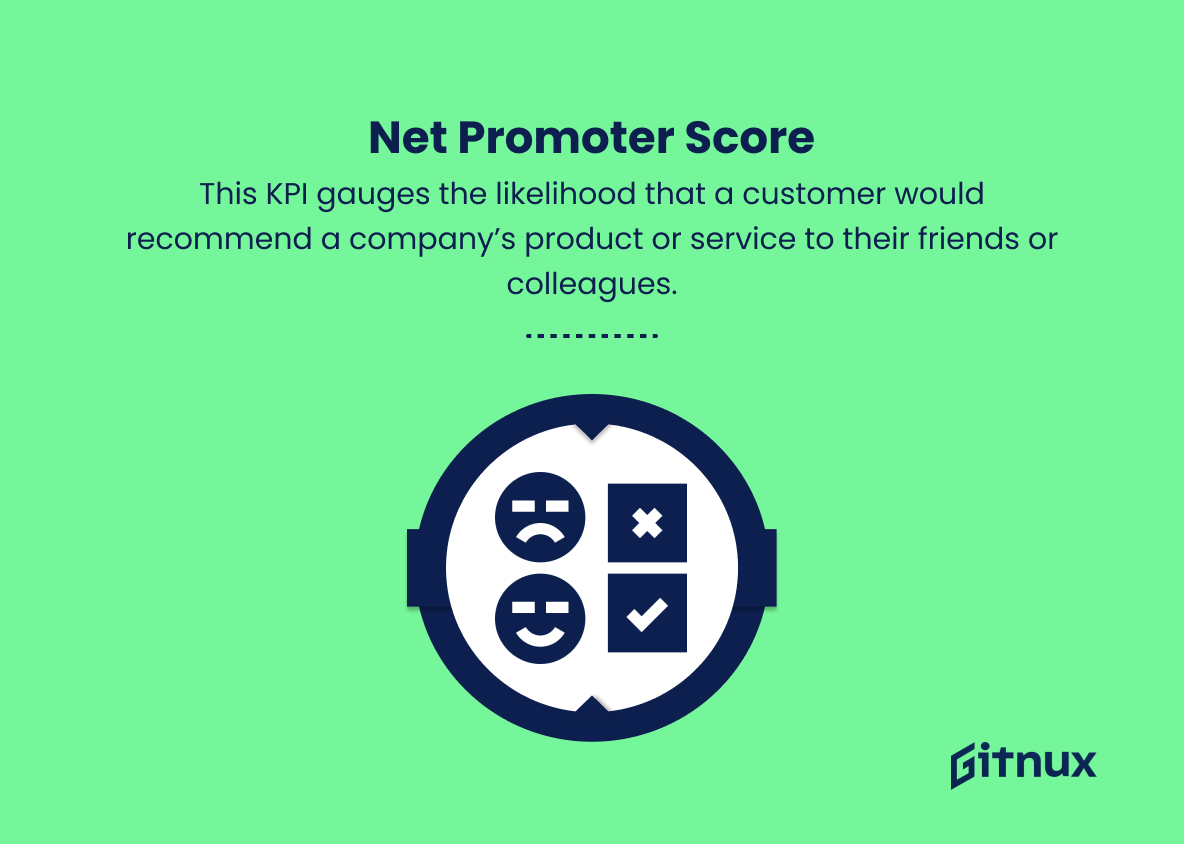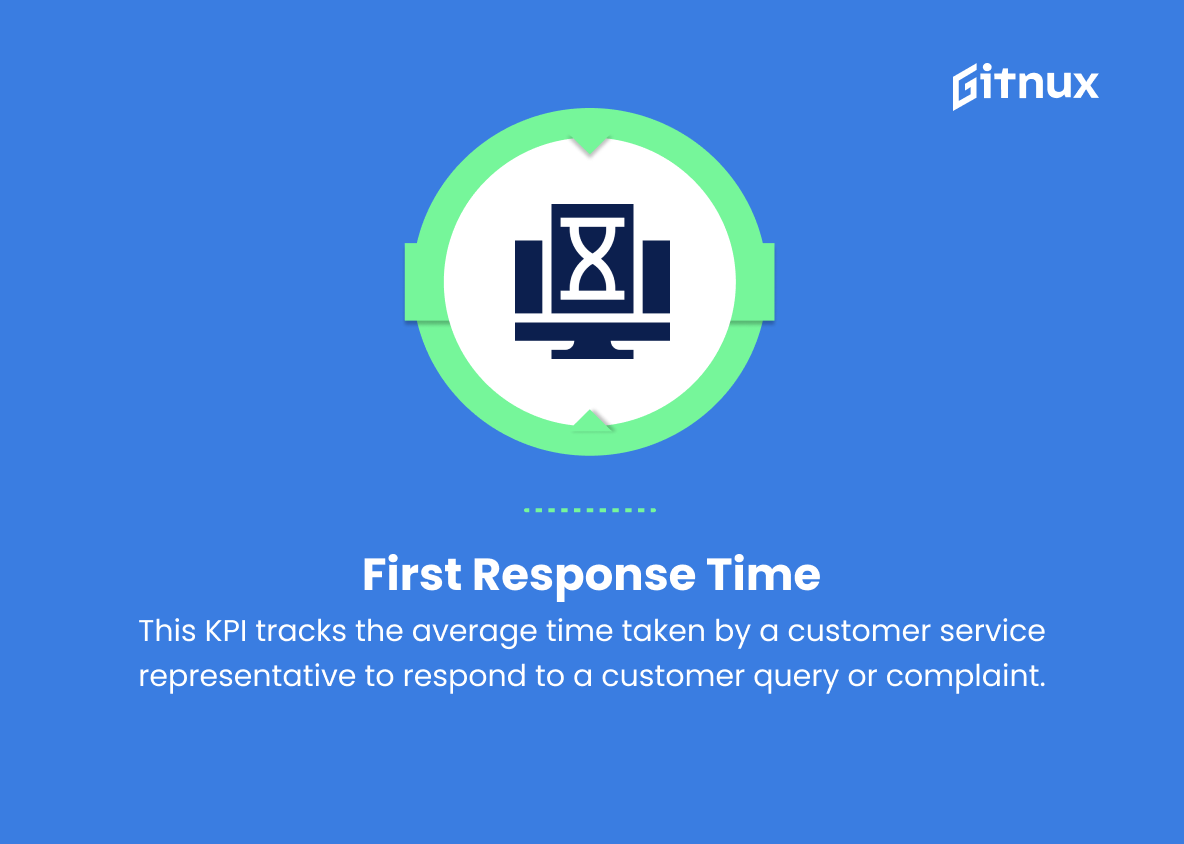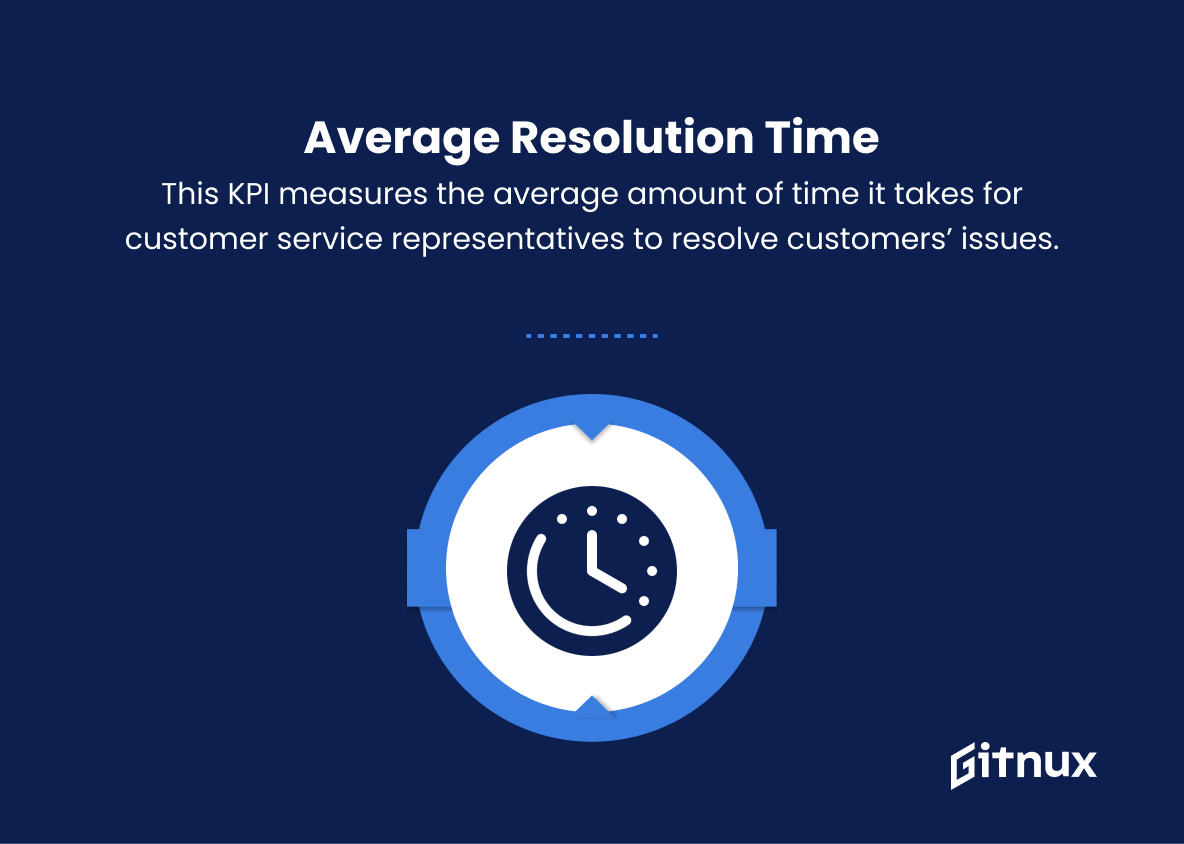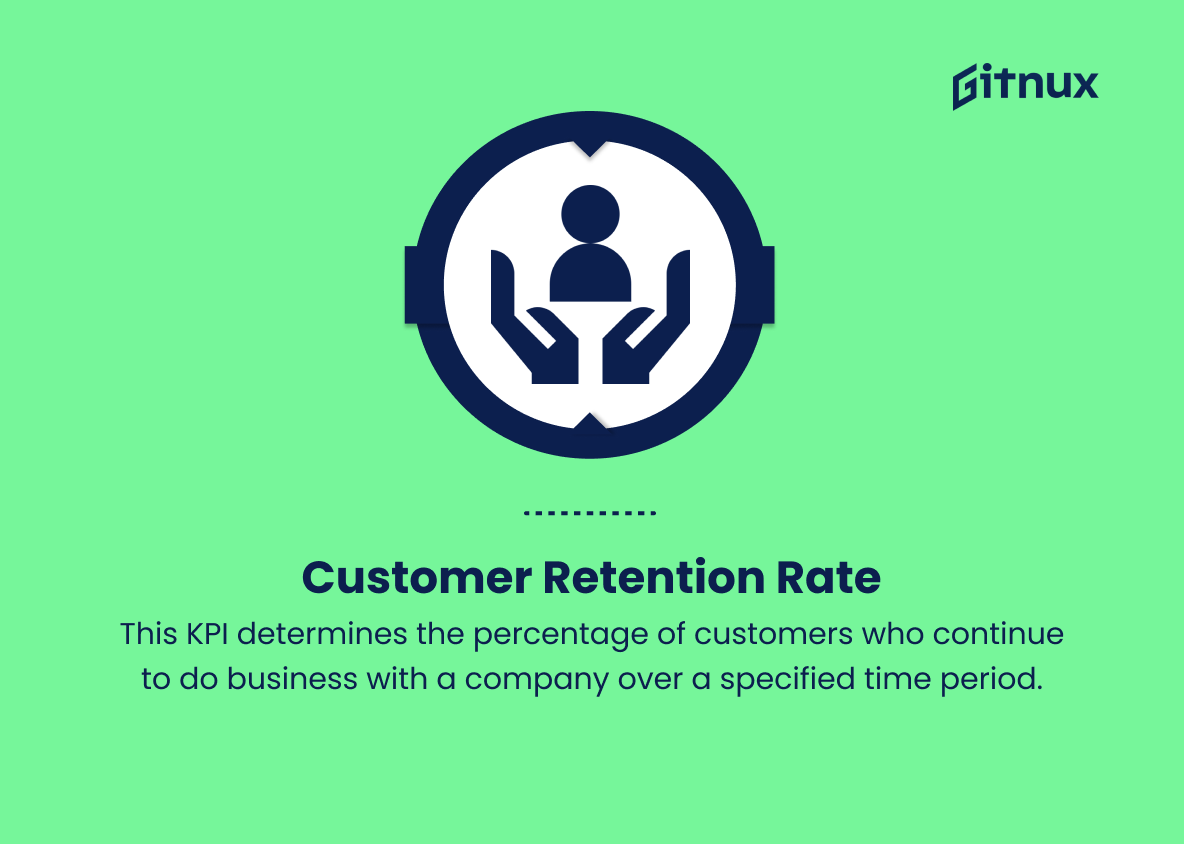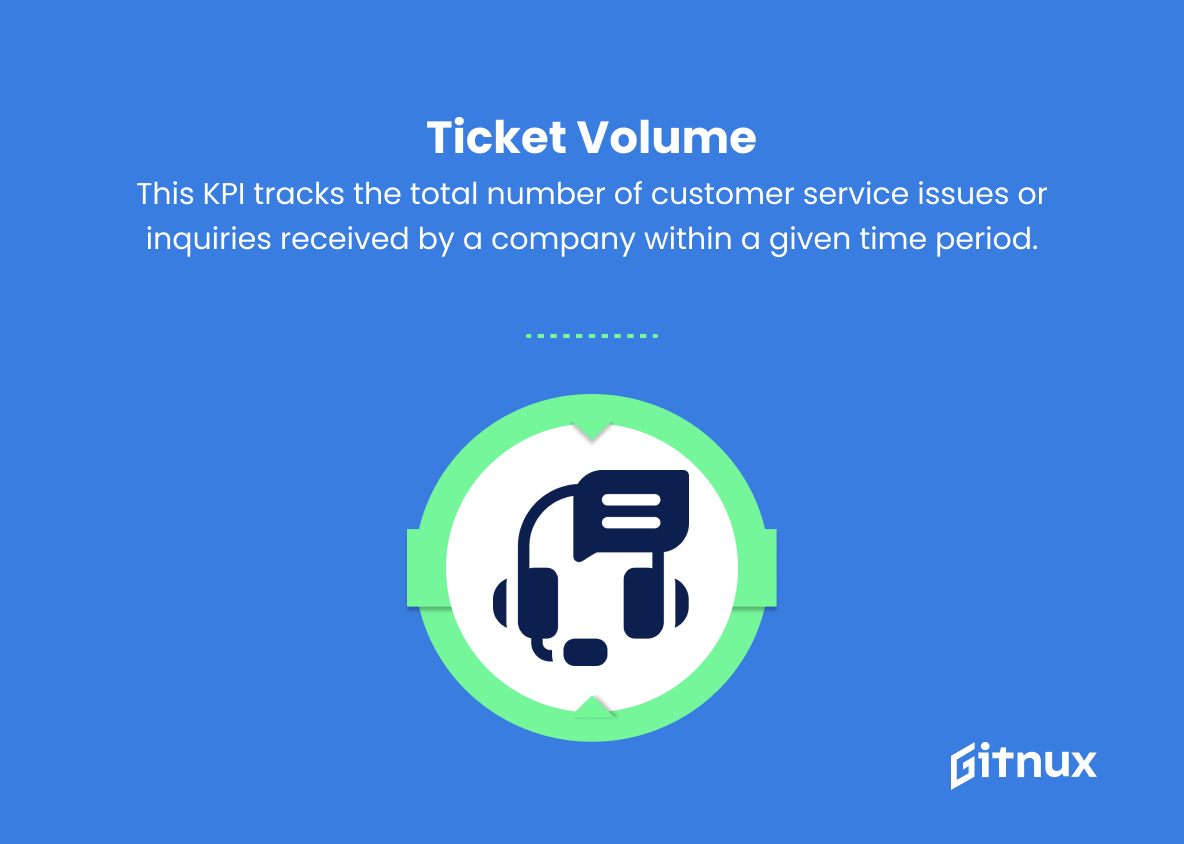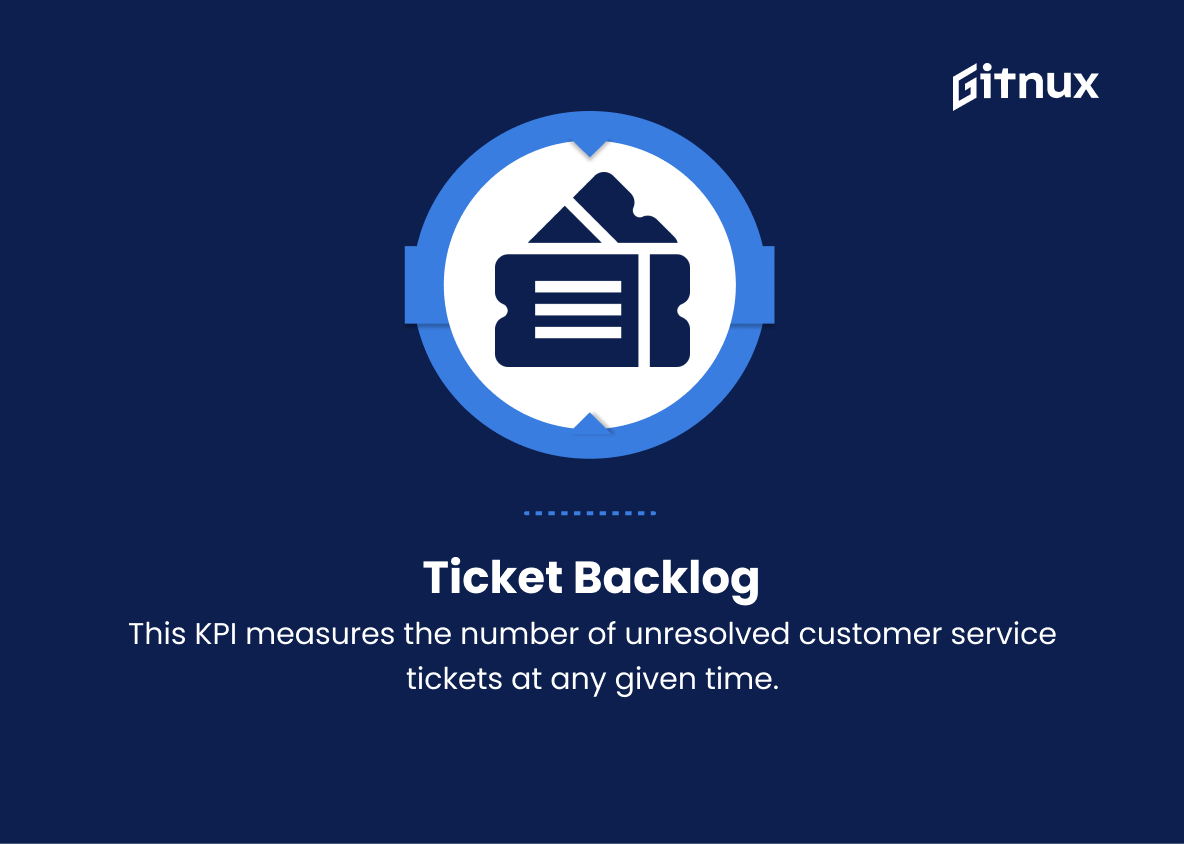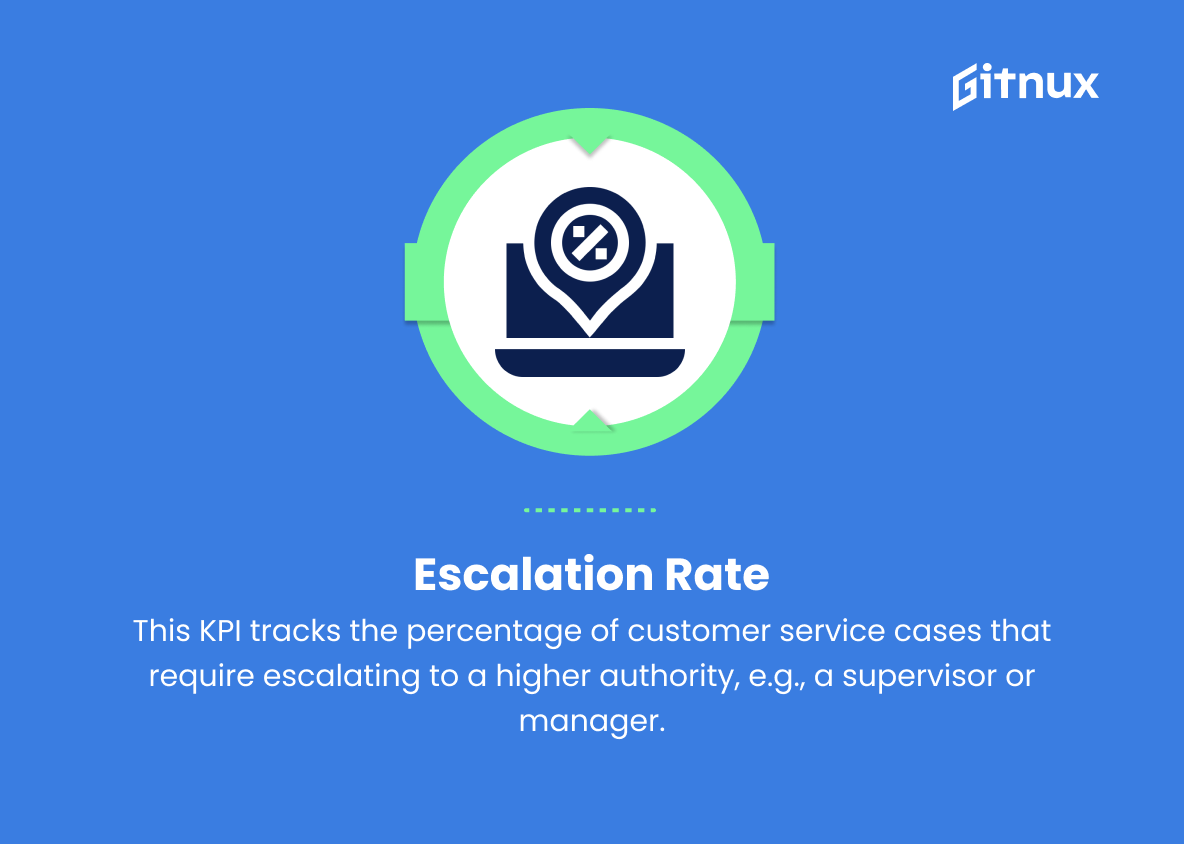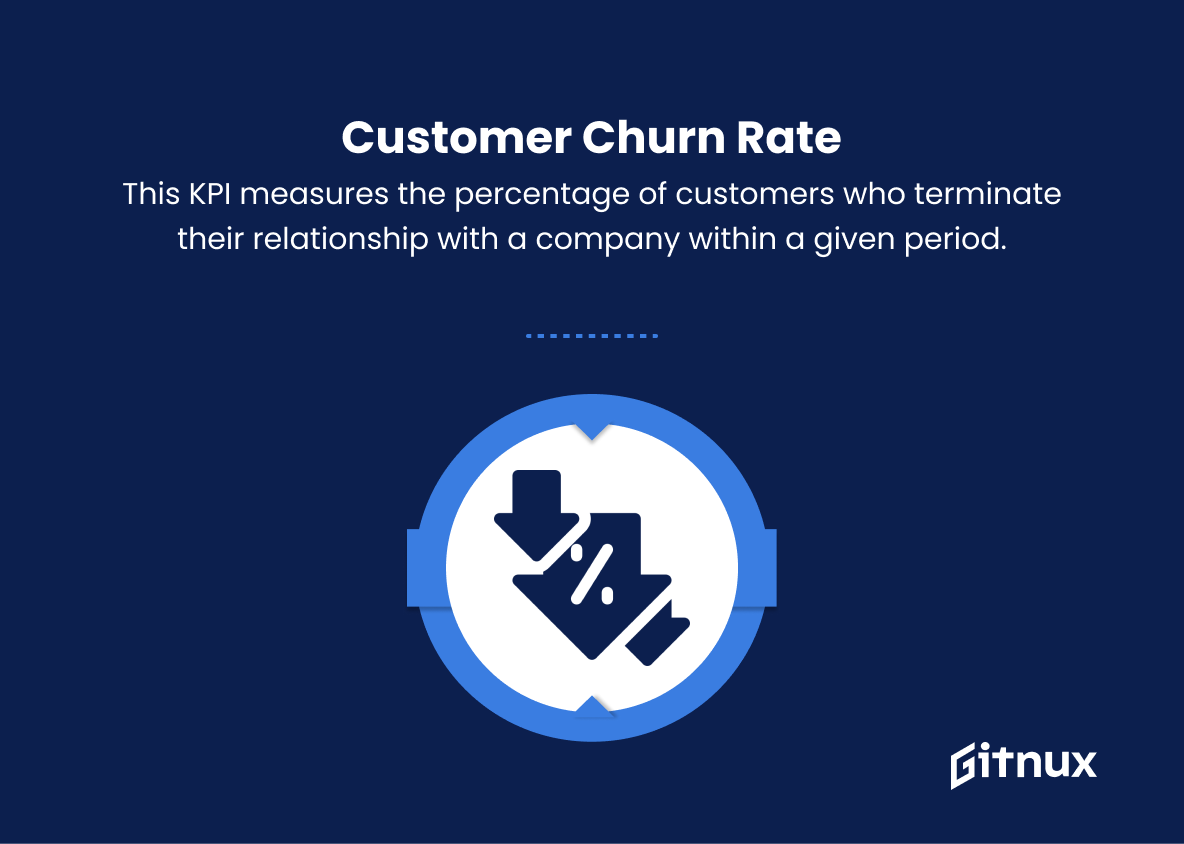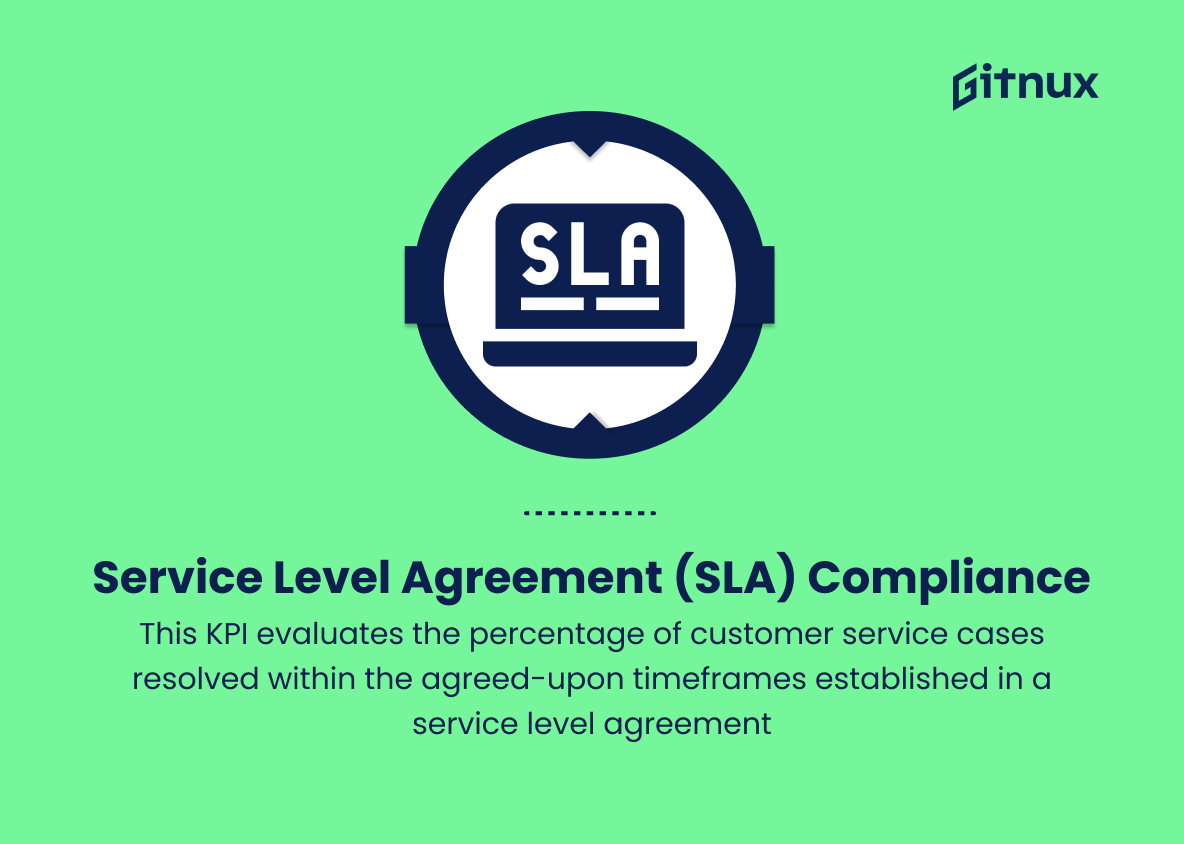In today’s highly competitive business landscape, delivering exceptional customer service has become imperative for organizations seeking to stand out and thrive. As the key driver of customer satisfaction, loyalty, and long-term revenue, it’s crucial for businesses to consistently measure the effectiveness and efficiency of their customer service efforts.
Customer Service Key Performance Indicators (KPIs) provide valuable insights to help organizations align objectives, optimize strategies, and continually improve overall performance. This blog post will delve into the crucial Customer Service KPIs, offering guidance on selecting the right ones, implementing them effectively, and evaluating your team’s performance for sustained growth and success.
Customer Service KPIs You Should Know
1. Customer Satisfaction Score (CSAT)
This KPI measures the overall satisfaction level of customers with a product or service by asking them to provide a rating on a scale, usually between 1-5 or 1-10.
Average Resolution Time measures the average amount of time it takes for customer service representatives to resolve customers’ issues.2. Net Promoter Score (NPS)
This KPI gauges the likelihood that a customer would recommend a company’s product or service to their friends or colleagues. It is calculated by subtracting the percentage of detractors (those who are likely to not recommend) from the percentage of promoters (those who are likely to recommend).
3. First Response Time (FRT)
This KPI tracks the average time taken by a customer service representative to respond to a customer query or complaint. A short FRT is often indicative of good customer service.
4. Average Resolution Time (ART)
This KPI measures the average amount of time it takes for customer service representatives to resolve customers’ issues. The shorter the ART, the more efficient the customer service team is in addressing and fixing problems.
5. Customer Retention Rate
This KPI determines the percentage of customers who continue to do business with a company over a specified time period. A higher retention rate indicates a higher level of customer satisfaction and loyalty.
6. Ticket Volume
This KPI tracks the total number of customer service issues or inquiries received by a company within a given time period. A high ticket volume might indicate major problems with product quality or service delivery.
7. Ticket Backlog
This KPI measures the number of unresolved customer service tickets at any given time. A high backlog can indicate inefficiencies in the resolution process or staffing issues in the customer service department.
Customer Lifetime Value estimates the total revenue a customer will generate for a company during their entire relationship.8. First Contact Resolution (FCR)
This KPI assesses the percentage of customer issues that are resolved during the first contact with a customer service representative. A high FCR rate implies that customers are receiving satisfactory resolutions without the need for follow-up or escalation.
9. Escalation Rate
This KPI tracks the percentage of customer service cases that require escalating to a higher authority, e.g., a supervisor or manager. A low escalation rate implies that frontline representatives are resolving most issues without the need for further assistance.
10. Customer Churn Rate
This KPI measures the percentage of customers who terminate their relationship with a company within a given period. A high churn rate may point to dissatisfaction with products or services.
11. Service Level Agreement (SLA) Compliance
This KPI evaluates the percentage of customer service cases resolved within the agreed-upon timeframes established in a service level agreement. High SLA compliance implies a more reliable and efficient customer service team.
12. Customer Lifetime Value (CLV)
This KPI estimates the total revenue a customer will generate for a company during their entire relationship. Higher CLV values indicate more valuable customers who are likely satisfied with the products or services provided.
By measuring and analyzing these customer service KPIs, businesses can better understand their customers’ experiences and continuously improve their service delivery.
Customer Service KPIs Explained
Customer service KPIs play a crucial role in understanding and improving the overall customer experience. CSAT and NPS help gauge the satisfaction and loyalty of customers, while FRT and ART focus on the efficiency and effectiveness of a company’s customer service efforts. Retention and churn rates provide insight into customer satisfaction and customer relationship longevity. Ticket volume and backlog give an overview of the workload and capacity of customer service teams.
FCR, escalation rate, and SLA compliance help measure the effectiveness and problem-solving abilities of customer service representatives. Lastly, CLV highlights the long-term financial implications of customer satisfaction and loyalty. By consistently tracking and analyzing these KPIs, businesses can identify areas of improvement and strive for better customer service delivery, resulting in higher customer satisfaction and retention.
Conclusion
In conclusion, Customer Service KPIs play a pivotal role in the evaluation and improvement of customer service quality in any organization. By identifying the key performance indicators that matter and consistently monitoring them, organizations can not only gain essential insights about their customer satisfaction, but also identify areas that need improvement.
By focusing on metrics like first response time, resolution rate, customer satisfaction score, and customer retention rate, businesses can continue to optimize their customer service approach, ensuring the highest level of satisfaction and loyalty among their client base. Effective use of Customer Service KPIs is indispensable in today’s competitive market where customer experience is the true differentiator.
